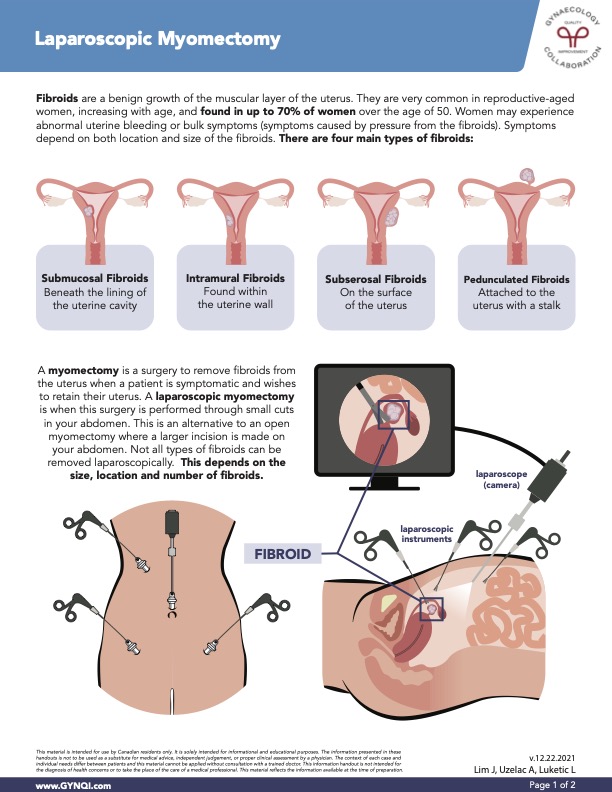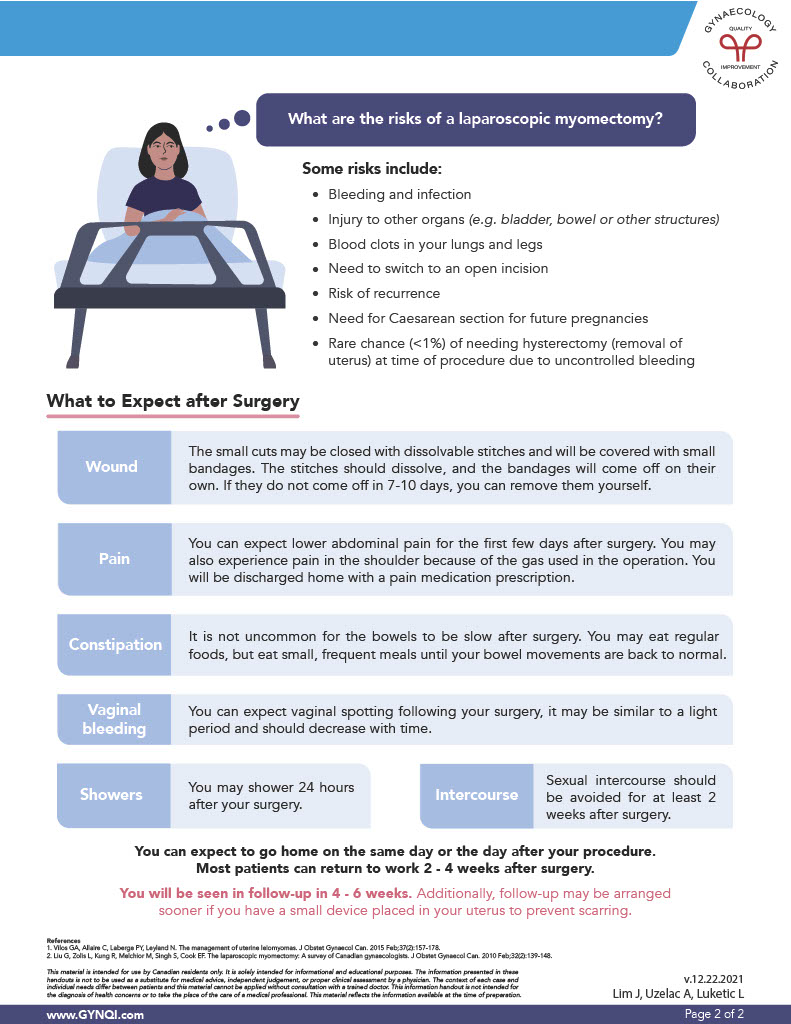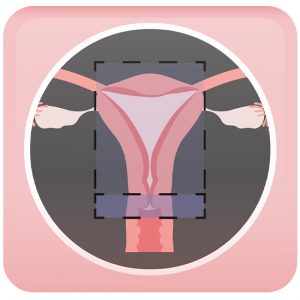

Table of Contents
- Summary
- What Are Fibroids?
- Types of Fibroids
- What is a Myomectomy?
- What Are the Risks of a Laparoscopic Myomectomy?
- What to Expect After Surgery
- Surgery Follow-Up
- A Forward-Thinking Approach to Recovery
Summary:
- Fibroids are benign growths in the uterine muscle that commonly affect women, especially those of reproductive age, with occurrences increasing with age.
- Women may experience symptoms like abnormal uterine bleeding and pressure-related discomfort, depending on the size and location of the fibroids.
- Myomectomy is a surgical option to remove fibroids while preserving the uterus, with laparoscopic myomectomy offering a minimally invasive option.
- Effective recovery involves managing wound care, pain relief, and monitoring bowel function, ensuring patients understand what to expect after surgery.
Fibroids are noncancerous growths that develop in the uterine muscle, affecting many women, particularly those of reproductive age. These growths can lead to various symptoms, including abnormal bleeding and pressure-related discomfort, with up to 70% of women over 50 experiencing them. Treatment options, such as myomectomy, aim to remove fibroids while preserving the uterus, with laparoscopic surgery being a popular minimally invasive approach. Understanding fibroids and their treatment options is essential for women seeking to manage their health effectively.
What Are Fibroids?
Fibroids are benign growths in the uterine muscle, commonly affecting reproductive-aged women, with occurrences increasing with age. They can be found in up to 70% of women over 50. Women may experience abnormal uterine bleeding or symptoms caused by pressure from the fibroids, and symptoms depend on both the location and size of the fibroids.
Types of Fibroids
There are four main types of fibroids:
- Submucosal Fibroids: Beneath the lining of the uterine cavity
- Intramural Fibroids: Found within the uterine wall
- Subserosal Fibroids: On the surface of the uterus
- Pedunculated Fibroids: Attached to the uterus with a stalk
What is a Myomectomy?
A myomectomy is a surgery to remove fibroids from the uterus when a patient is symptomatic and wishes to retain their uterus.
A laparoscopic myomectomy is when this surgery is performed through small cuts in your abdomen. This is an alternative to an open myomectomy where a larger incision is made on your abdomen.
An overview of a laparoscopic myomectomy:
Not all types of fibroids can be removed laparoscopically. This method of surgery depends on the size, location, and number of fibroids.
What Are the Risks of a Laparoscopic Myomectomy?
Although a laparoscopic myomectomy is a minimally invasive procedure, like any surgery, it carries certain risks that patients should consider before proceeding.
Some of the risks include:
- Bleeding and infection
- Injury to other organs (e.g. bladder, bowel, or other structures)
- Blood clots in your lungs and legs
- The need to switch to an open incision
- Risk of recurrence
- Need for a Caesarean section for future pregnancies
- Rare chance (<1%) of requiring a hysterectomy due to uncontrolled bleeding during the procedure
What to Expect After Surgery
Wound: The small incisions will be closed with dissolvable stitches and covered with bandages. The stitches will dissolve on their own, and the bandages will come off on their own. If they haven’t detached within 7-10 days, you can gently remove them yourself.
Pain: You can expect lower abdominal pain for the first few days after surgery. You may also experience pain in the shoulder because of the gas used in the operation. You will be discharged home with a pain medication prescription.
Constipation: It is not uncommon for the bowels to be slow after surgery. You may eat regular foods, but eat small, frequent meals until your bowel movements are back to normal.
Vaginal Bleeding: You can expect vaginal spotting following your surgery, it may be similar to a light period and should decrease with time.
Showers: You may shower 24 hours after your surgery.
Intercourse: Sexual intercourse should be avoided for at least two weeks after surgery.
Surgery Follow-Up
You can expect to go home on the same day or the day after your procedure. Most patients can return to work 2 – 4 weeks after surgery. You will be seen in a follow-up appointment in 4 – 6 weeks, though follow-up may be arranged sooner if you have a small device placed in your uterus to prevent scarring.
A Forward-Thinking Approach to Recovery
Fibroids are benign uterine growths that can affect a woman’s health, especially during reproductive years. Treatment options, including laparoscopic myomectomy, depend on the size and type of fibroids. While this minimally invasive surgery offers benefits, it also carries specific risks that must be carefully considered. Effective post-operative care, including wound management, pain relief, and attention to bowel function, is essential for a smooth recovery. By understanding what to expect and following a clear aftercare plan, patients can better manage their health and enhance their quality of life post-surgery.



